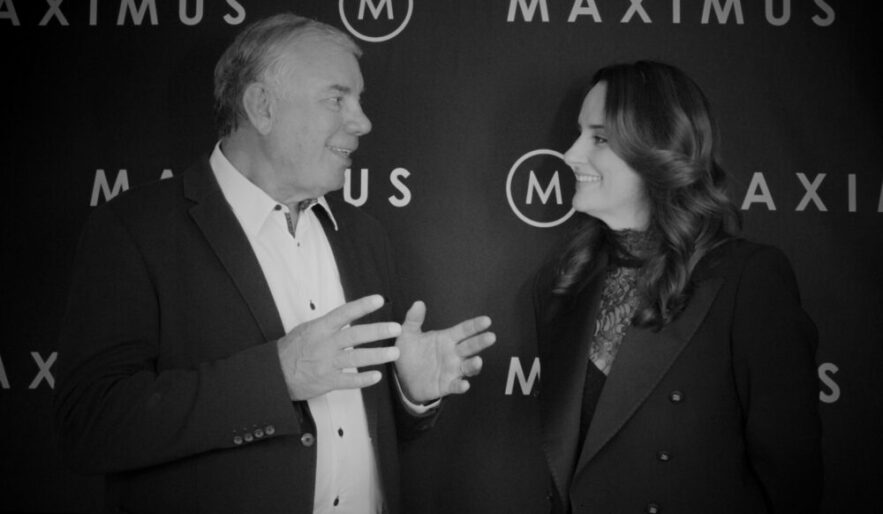Since I last wrote about building an inclusive culture that drives innovation, I’ve frequently been asked about how leaders can contribute. Having the framework of a long-term diversity and inclusion (D&I) strategy is a great start. Increasingly, I’m helping clients to introduce D&I principles into their processes, behaviours, metrics and other strategic building blocks for organisational change. However, even the most comprehensive D&I strategy stands or falls on how far it cascades down the organisation. Without leaders’ buy-in, inclusiveness will never be truly embedded. Visibly supporting inclusiveness as an action as well as a concept is essential. This can be challenging, because inclusion is about personal behaviour, which is hard to control.
INCLUSION UNLOCKS INNOVATION
Last year, Thomson Reuters launched a new investment tool: the D&I Index, an annual global index of 100 companies that are both financially successful and high D&I performers. The rationale was that having a diverse and inclusive workplace nurtures innovation and is a proven growth engine.
To any CEO aspiring for their company to be in that index, I would say: broaden your definition of innovation, recognise the role of inclusion in that definition, and give every leader the knowledge, skills and tools to bring the two together.
Innovation is not just about coming up with new operating models, ideas, products or software. It’s taking a fresh look at how to improve every aspect of the business from top to bottom. Under this portfolio approach, being creative isn’t the domain of ‘creatives’. It requires input from all, and a collective awareness that every person’s contribution counts.
To flourish, creatively democratic teams need the right leadership, people and conditions to breed confidence in everyone. It’s important to consciously assemble a group with diverse backgrounds, abilities and experiences, then empower them to identify problems, ideate and act.
Getting this right starts with a mandate across the business that all leaders need to understand the foundational behaviours and values that drive them. Through doing this, you can create a purpose-led leadership culture, where inclusion is a core shared value across the enterprise.
BECOMING AN INCLUSIVE LEADER TAKES COURAGE
I’ve worked with many people who understand the business objectives of D&I but struggle with the introspective nature of the deep personal leadership experiences that enable awareness. They balk at putting their own behaviours, values and motivations under the microscope.
In my experience, leaders who are unwilling to take a good hard look at themselves will never be truly enlightened. A leader’s intellect, purpose and behaviour must be aligned to fulfil their potential. Once this happens, they can focus on building the pillars of inclusion in the workplace: trust, curiosity and discretionary commitment.
TRUST
Suggesting change can be confronting for people who were not raised to challenge accepted norms. Many irrational thoughts sit behind this: fear of speaking up, of not making a worthy contribution, of failing to execute.
Employees can only be creative if they feel safe when contributing and trust their leader to back them. Today’s leaders must set the tone for problem and opportunity identification, make the space for discussion and reward people who take a leap of faith.
CURIOSITY
People have the courage to change if they are led by someone who empathises with their dreams and struggles, so team leaders must connect with every individual, not just a favoured few. This is the essence of inclusion. As well as engendering trust, being curious uncovers the diverse range of expertise, experience and mindsets in the team that will drive its innovation vision.
Leaders must also have the curiosity to care about their people’s lives at work and at home. Demonstrably caring about team members and their contribution creates a sense of belonging that empowers individuals to step outside their comfort zone.
DISCRETIONARY COMMITMENT
With foundations of real trust and curiosity, leaders can ask more of their people. It’s crucial that they set the tone for significant contributions to big issues.
To do this effectively, leaders must have the right contextual conversations with their people, balancing the need for action with more thinking, aligning and reinforcing.
TRUST, CURIOSITY, DISCRETIONARY COMMITMENT.
None of these is a magic bullet, because inclusive leadership is not easy. It’s a continual journey for you and how your people experience you as a leader.







